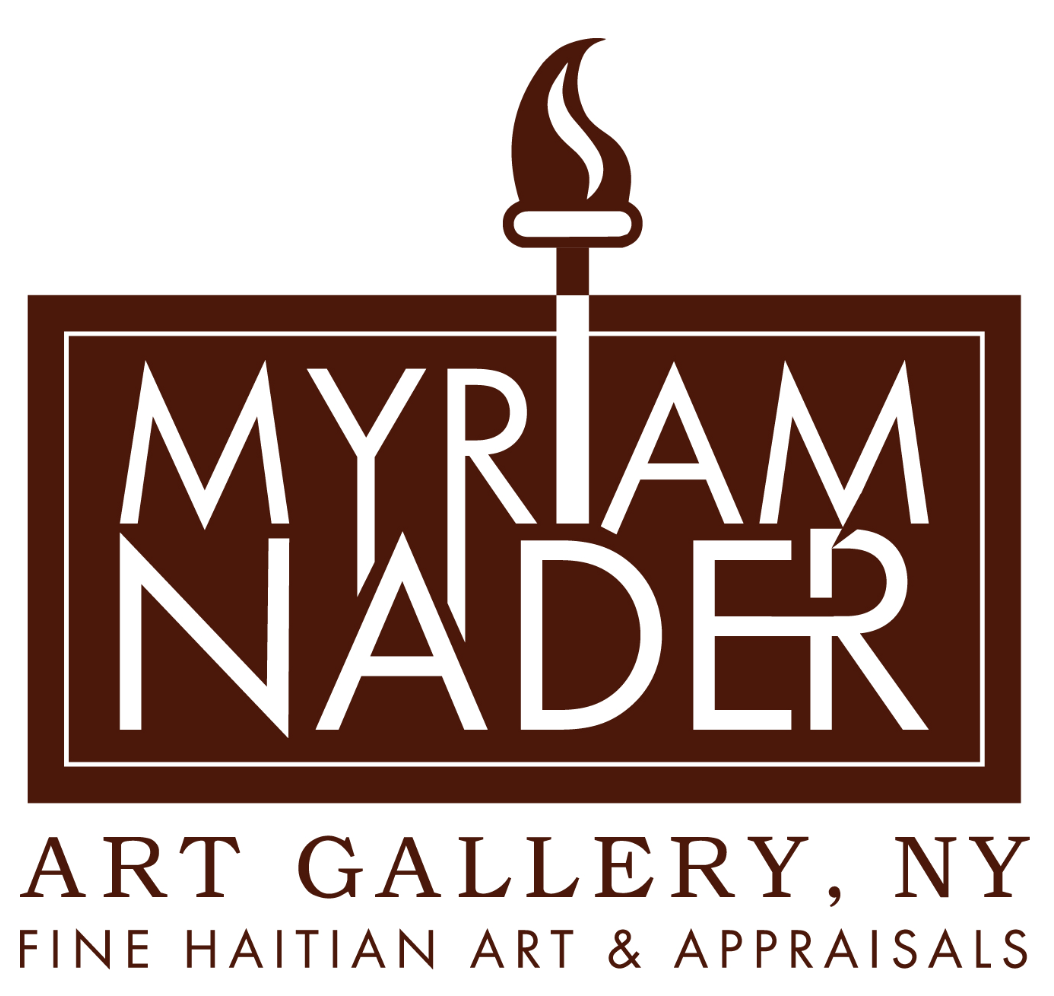In the vibrant yet delicate market of Haitian art, shipping, logistics, and import challenges weigh heavily. They shape how and when a painting, sculpture, or Vodou flag reaches international collectors and the final price. For a gallery that caters to global buyers with authentic masterpieces, like Myriam Nader Haitian Art Gallery, understanding these logistical challenges is just as important as curating exceptional works of art.
The international Haitian art market faces complicated shipping and import challenges that influence how collectors acquire genuine artworks worldwide. From customs delays to rising freight costs, managing these challenges is crucial to ensure safe, timely, and dependable delivery across borders.
Even after shipping arrangements are made, import and customs requirements can delay or prevent delivery. Many countries impose import duties, taxes, or bureaucratic procedures especially on “finished goods.” The rules often depend on the artwork’s declared value, medium, or classification as “original” rather than “reproduction.”
Proper documentation, including invoices, HS codes, and certificates of authenticity, is essential to prevent delays. Without them, shipments may be held in bonded warehouses (sometimes incurring storage fees) or even refused entry.
To minimize issues, galleries often act as intermediaries not only in sales but also in navigating paperwork, courier relationships, and government export or import regulations.
Please Note: Gallery’s invoices generally do not include import duties, customs fees, or taxes, as these vary by destination and are determined by local authorities. Buyers are responsible for any such charges payable to their local customs office or courier upon delivery.
For the most accurate information on applicable import duties or exemptions for original artwork, please contact your local customs office or import authority before placing an order.
Shipping Haitian art from Port-au-Prince or regional studios to international destinations involves several steps: local freight, export preparation, air or sea shipment, and final delivery. Artists working in remote or infrastructure-limited areas face additional challenges, including higher costs, delays, and an increased risk of damage.
Fragile paintings, sculptures, and textile-based works, such as Vodou flags, require expert crating, insulation, and climate protection. These costs quickly add up, yet they’re essential for preserving the artwork’s condition.
For collectors, these expenses can significantly increase the total cost. For smaller Haitian artists or independent dealers, high logistics fees can even limit access to global markets.
While global trade policies can affect the flow of art, it’s important to remember that original and unique works of art when properly documented are generally exempt from import duties and tariffs in most countries.
To qualify, the artwork must include:
- A valid Certificate of Authenticity (COA)
- A detailed invoice identifying the piece as an original artwork
- The correct Harmonized System (HS) code classification (9701 for paintings, 9703 for sculptures, etc.)
These documents enable customs officers to confirm that the item qualifies as fine art, rather than a commercial good, allowing for duty-free entry under most international trade conventions.
However, broader trade policy shifts can still impact related costs such as freight, insurance, or brokerage fees. Occasional regulatory changes or port congestion may also cause delays in the delivery process. Collectors are encouraged to ensure that all paperwork is complete and to verify local import rules before shipping.
By working with experienced specialists like Myriam Nader Haitian Art Gallery, buyers can trust that their shipments are properly documented for smooth customs clearance and tax-free import when applicable.
Every transit point introduces potential risks, including damage, theft, or environmental stresses such as humidity, heat, or vibration. Since Haitian art often travels long distances, insurance premiums can be high.
Best practices:
- Select premium couriers that offer tracking, climate control, and signature delivery.
- Use nail-to-nail insurance that covers the piece from pickup to delivery.
- Photograph the work before packing, after crating, and upon arrival.
Shipping, import, and logistics systems affect which Haitian artworks reach international buyers, how quickly they arrive, and at what total cost. For collectors and galleries alike, understanding these factors is vital for maintaining the global Haitian art market.
At Myriam Nader Haitian Art Gallery, we collaborate with top carriers to ensure safe, insured, and transparent delivery. Your art journey is smooth from Port-au-Prince to your doorstep.
📞 Call: 1-845-367-3039
📧 Email: myriamnader2007@aol.com
